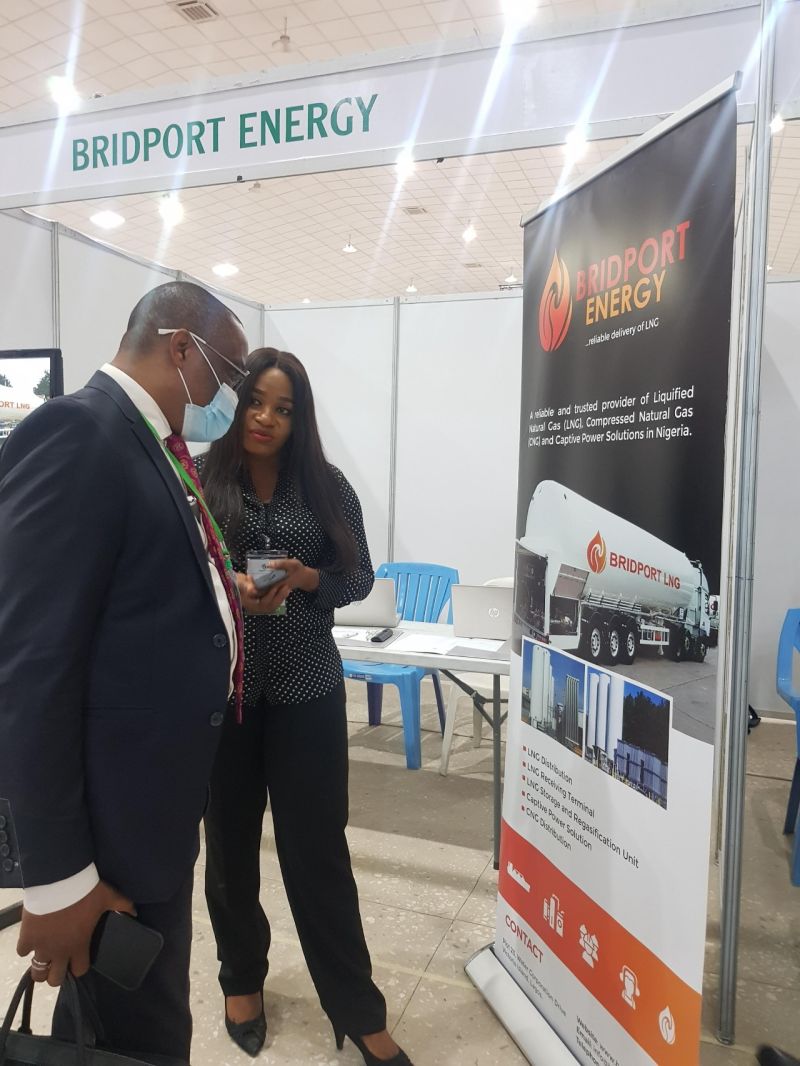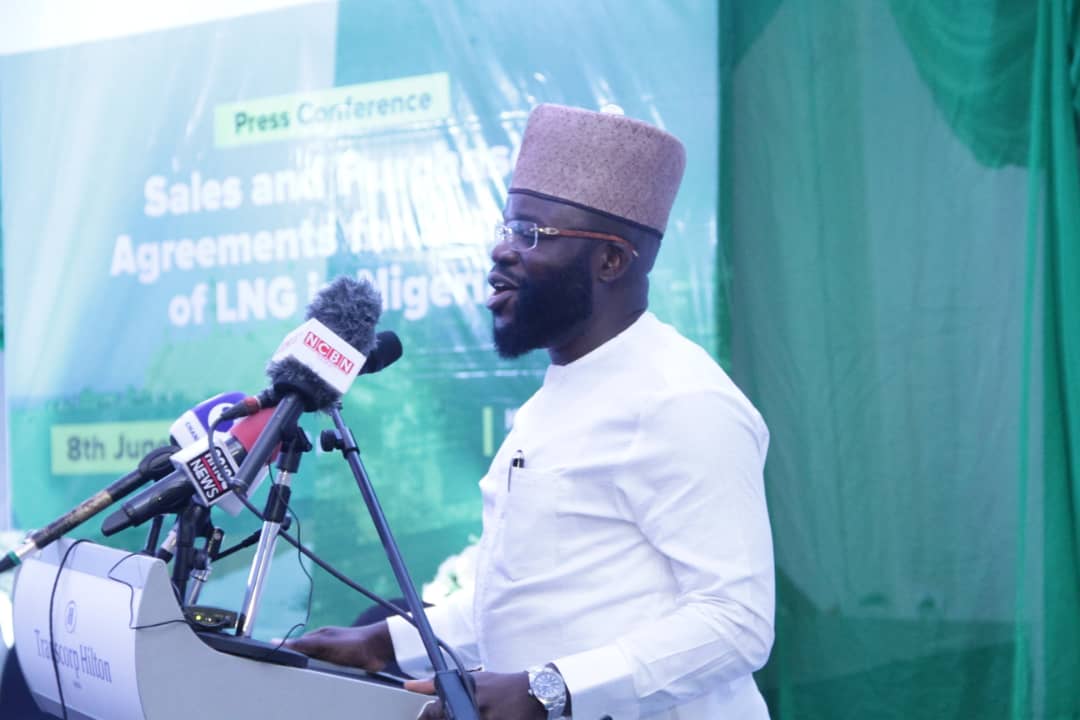Why we bet on Nigerian gas
Blogs - Mar 21 2022
As Nigeria recovers from two recent recessions and seeks to further diversify its economy, maximizing gas utilization and monetization remains critical to supporting economic growth. Now that the country’s government and the private sector are aligned on the urgent needs to monetize natural gas, we see tremendous potential to support industrialization and expand energy access. In doing so, we are aligned with the ambitions of the Nigerian government to use gas as a key transitional fuel and an enabler for economic growth and jobs creation. At the UN COP-26 climate conference in Glasgow last year, Nigeria committed to reaching net zero emissions by 2060. However, it also stressed that developing countries need technical and financial support to hit targets. Equally important, President Muhammadu Buhari made it clear that natural gas will retain a key role in the country's energy transition. "The data and evidence show that Nigeria can continue to use gas until 2040 without diverting from the goals of the Paris agreement," he said in Glasgow. His Vice President Yemi Osinbajo has also been increasingly vocal about the need for a just transition to global net-zero and the dangers of defunding natural gas projects in developing countries. In response, Nigeria has developed an Energy Transition Plan which shows that achieving net-zero by 2060 will require investments in the order of $410 billion above business as usual. Under this plan, natural gas plays a critical role in addressing the clean cooking challenge, providing grid stability, and spurring enough economic growth to lift millions of Nigerians out of poverty. At Bridport Energy, we are playing our role and intend to make available, across Nigeria, liquefied natural gas (LNG) provided by Nigeria LNG. Via our future LNG terminal in Lagos, we will be supplying domestic industries and power customers with cleaner, more affordable fuel to support their operations. In doing so, we are committed to developing, financing and operating a sustainable infrastructure project that plays its part in meeting several of the sustainable development goals (SDGs), including SDG 7 (affordable and clean energy), SDG 9 (industry, innovation and infrastructure), SDG 11 (sustainable cities and communities) and SDG 13 (climate action).

-

Bridport Energy strengthens governance with n...
Nov 21 2022 News
-

Bridport Energy talks to the Africa report
Nov 21 2022 News
-

Bridport Energy: reflections on gas demand in...
Mar 28 2022 Blogs
-

Mar 21 2022 Blogs
-

Nigeria LNG signs Sales and Purchase Agreemen...
Sep 02 2021 News

